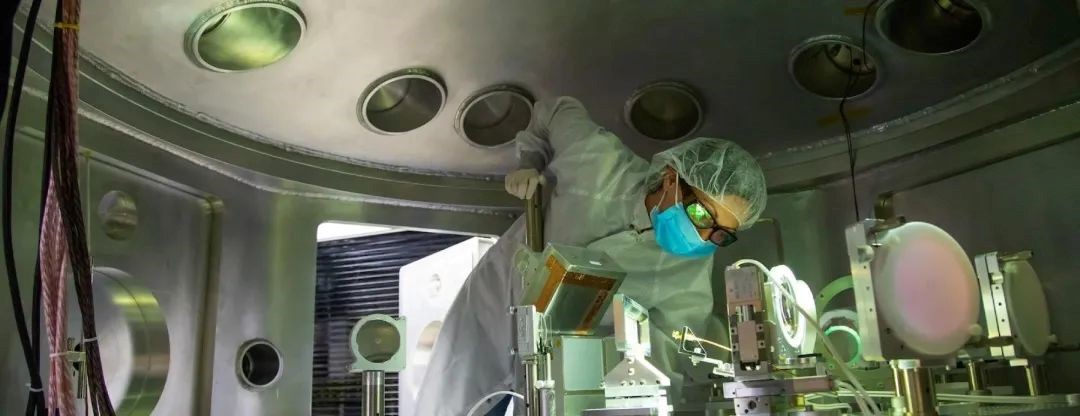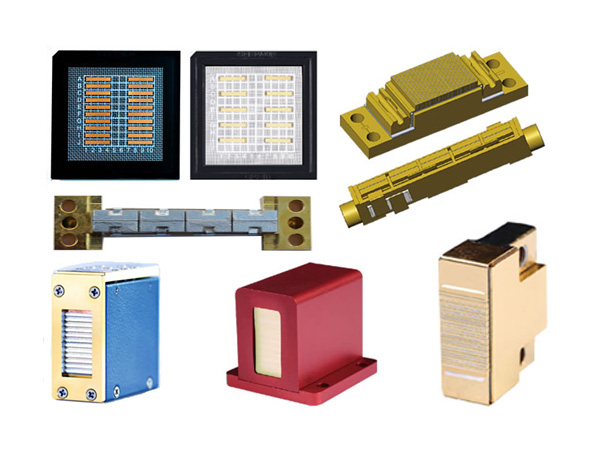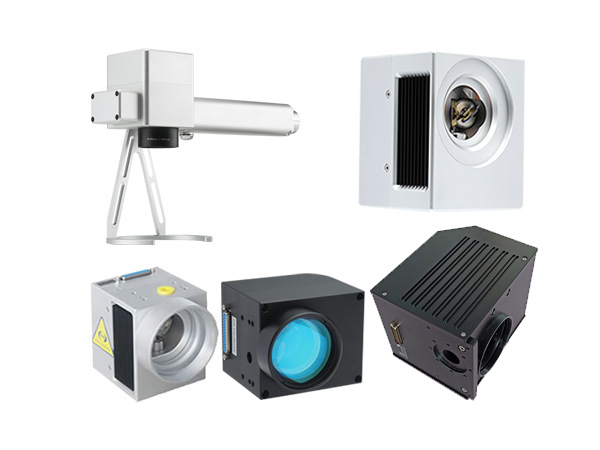Why does the "sharpest knife", the laser, make gold stronger?
As we all know, when people use laser to cut metal materials, the main thing is that the equipment releases an ultra-dense laser beam, which is irradiated on the metal material through the light spot, and it will make the metal melt, gasify or reach the ignition point rapidly. At the same time, a high-speed air stream coaxial with the beam blows the melted or burning material away quickly, resulting in the formation of a slit.
But a recent study in the United States has challenged our previous knowledge. From the U.S. Department of Energy SLAC National Accelerator Laboratory's research team in recent days through experiments revealed that the gold in the high-energy laser pulses from the time, produced a number of different from the previous special behavior.

Image credit: National Accelerator Laboratory
Experiments have shown that some materials (e.g., silicon) decompose rapidly when excited by high-energy lasers. However, under certain specific conditions, metals such as gold, when subjected to strong laser pulses, instead of melting, become structurally stronger.
This phenomenon is largely attributed to changes in phonon behavior and adjustments in the way gold atoms vibrate. This contrasts with semiconductor materials, which tend to become unstable and melt when they are subjected to strong laser light during processing.
In fact, the possibility of this phenomenon, known as phonon hardening, has been demonstrated for decades through simulations. Now, researchers at the U.S. Department of Energy's SLAC National Accelerator Laboratory have revealed this phonon hardening using SLAC's Linear Accelerator Coherent Light Source (LCLS).
In the "Matter in Extreme Conditions" lab, they captured atomic-scale images of the response of thin gold films to optical laser pulses under extreme experimental conditions by targeting the films with optical laser pulses and then taking atomic-scale snapshots of the material's response using ultrafast X-ray pulses from the LCLS.
By carefully observing the subtle changes and capturing the precise moments when the phonon energy of the gold atoms increased, they were able to delve deeper into the world of the gold atoms from a high-resolution viewpoint, providing concrete and conclusive evidence for the phenomenon of phonon hardening.
The researchers found that when gold absorbs extremely high-energy laser pulses, the bonding between gold atoms is significantly increased. This change leads to an acceleration of the frequency of atomic vibrations, which in turn may affect the melting point and thermal reaction properties of gold.
The experiment resolves long-standing questions about ultrafast excitation of metals and demonstrates that intense lasers can completely change the response of a lattice. At the same time, the experimental confirmation of theoretical predictions also demonstrates that SLAC's Linear Accelerator Coherent Light Source (LCLS) is capable of measuring these phenomena to an astonishing degree, opening up new possibilities for the future of materials science research.
Of course, similar phenomena may also occur in other metals such as copper, platinum and aluminum. Future research will also likely reveal how metals should cope with harsh environments, which could help create materials with greater resilience. In terms of laser processing and materials manufacturing, understanding these two processes at the atomic level may lead to another round of technological and material innovation.
 English
English Français
Français Deutsch
Deutsch euskara
euskara Русский язык
Русский язык Italiano
Italiano Português
Português Nederlands
Nederlands Polski
Polski Greek
Greek Lietuva
Lietuva Türkçe
Türkçe 日本語
日本語 한어
한어 中文
中文 தாமில்
தாமில் فارسی
فارسی हिंदी
हिंदी Tiếng Việt
Tiếng Việt ภาษาไทย
ภาษาไทย Pilipino
Pilipino Indonesia
Indonesia தாமில்
தாமில்





